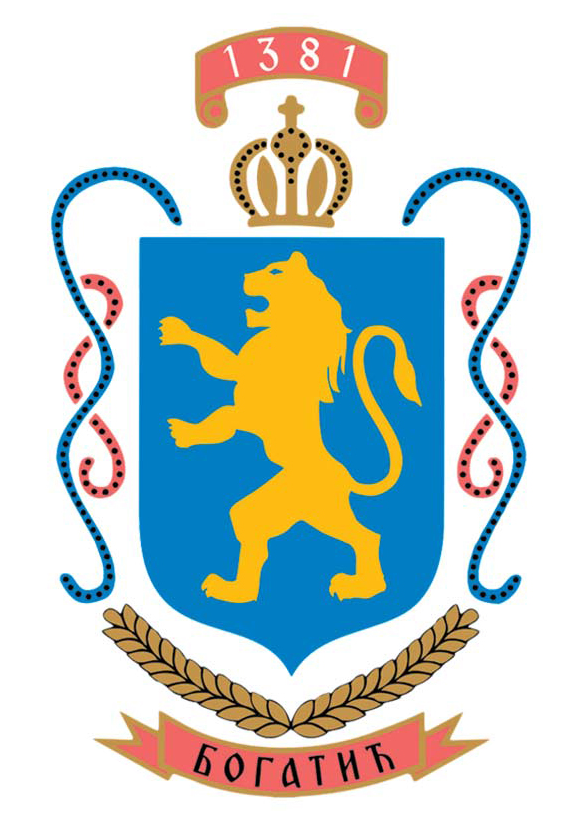PREHISTORY
Since it is located at the confluence of two rivers and is very fertile, Mačva was inhabited very early. The first findings of human habitation in these areas date back to around 5,000 BC (Starčevo culture). From that time, there are traces of the first land reclamation in Europe, which was carried out only in Mesopotamia and Egypt. Agriculture appeared for the first time in this culture. Animal husbandry, hunting and fishing are still important conditions of survival. The weapons of that era are axes made of polished stone, dishes are made of ceramics, and tools are made of wood and stone.
In the period from 3,800 to 3,000 BC, there are traces of the Vinča culture. This culture has wicker and mud houses or dugouts. Agriculture and animal husbandry are intensively developed, while hunting and fishing are maintained. Tools and weapons are made of stone, flint, wood and bone. Ceramics is still represented in various forms of application. The last period of the Vinča Eneolithic culture in Mačva is the obrovec, which got its name from the trenches used to protect the houses from floods. Copper weapons and tools appeared in this period.
The last period of prehistory in Mačva is the Bronze and Iron Age with 16 sites from that era and a huge number of objects found. Towards the end of this period, Mačva was inhabited by the Skordisk tribe, who founded Singidunum – today’s Belgrade.


